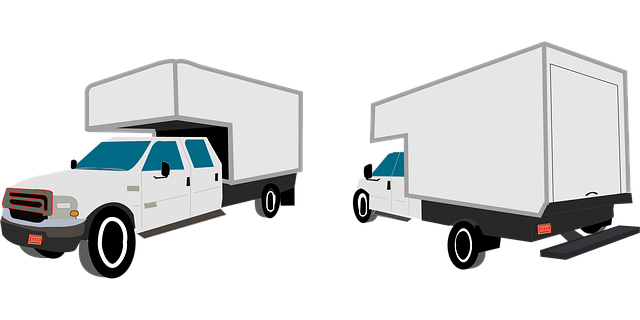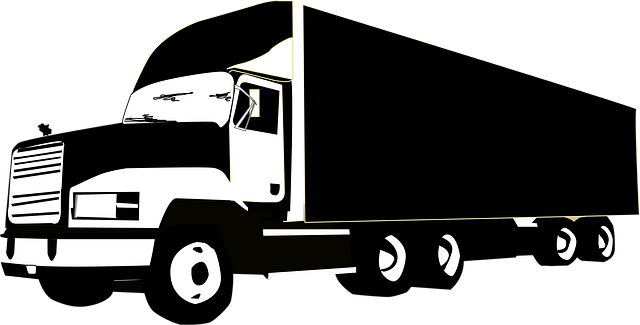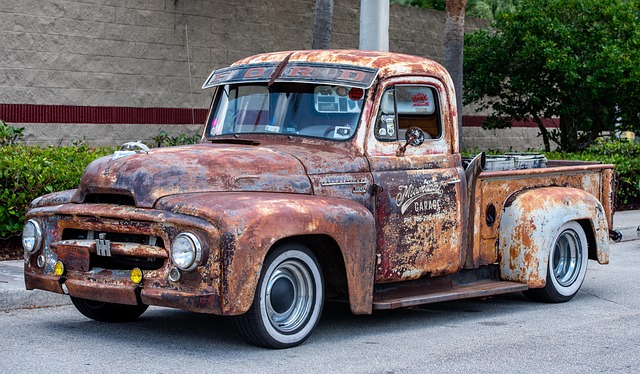Registering a car in California is a straightforward process, but it requires understanding specific rules. This guide will walk you through meeting California’s car registration requirements efficiently. From gathering essential documents for your visit to the DMV, to performing critical dmv VIN verification, and completing the registration application, we’ve got you covered. We’ll also detail the payment of registration fees and acquiring your new license plate.
- Understand California Car Registration Requirements
- Gather Necessary Documents for DMV Visit
- Perform Vehicle Identification Number (VIN) Verification
- Complete Registration Application at the DMV
- Pay Registration Fees and Obtain License Plate
Understand California Car Registration Requirements

Before registering your car in California, it’s crucial to understand the state’s specific requirements. The California Department of Motor Vehicles (DMV) mandates several steps for vehicle registration, including a thorough inspection and verification process. One essential component is the DMV VIN verification, which ensures that your car matches the information on record and helps prevent fraud. This process typically involves cross-referencing the vehicle’s unique identifier, known as the Vehicle Identification Number (VIN), against secure databases to confirm its authenticity.
Additionally, for added convenience, many Californians opt for mobile VIN verification services. These services send a qualified inspector to your location—whether it’s your home or office—to perform an on-site inspection and VIN check. This approach streamlines the registration process, saving you time and effort, especially if you’ve recently purchased a used car. By utilizing these modern solutions like mobile VIN inspection, ensuring your car is registered smoothly becomes more accessible than ever before.
Gather Necessary Documents for DMV Visit

Before heading to the DMV, ensure you have all the essential documents for a smooth registration process. The key documents include your vehicle’s registration certificate from the previous state, proof of insurance, and a valid driver’s license. Additionally, you’ll need to bring along the Title (if applicable), Proof of Purchase, and any other paperwork related to the transaction. A crucial step is to undergo a DMV VIN verification process, which involves checking the vehicle’s identification number (VIN) for accuracy and matching it with the details in their system.
For a hassle-free experience, many opt for mobile VIN verification services, allowing you to complete this step before even visiting the DMV. This way, you can save time by ensuring your vehicle passes the initial inspection. A vin inspection is a simple procedure that verifies the integrity of your car’s information, making it an essential part of the registration process in California.
Perform Vehicle Identification Number (VIN) Verification

Before you begin the registration process, it’s crucial to ensure your vehicle’s identity is verified through a DMV VIN verification. This step is essential as it confirms the vehicle’s history and ensures it’s not stolen or reported as damaged. You can opt for a mobile vin inspection where a professional comes to you, making the process even more convenient.
Performing this check involves comparing the Vehicle Identification Number (VIN) on your car with the information in the manufacturer’s database. A mobile vin verifier can assist in this task, providing instant and accurate data on the vehicle’s make, model, year, and any previous owners, which are all vital details for a successful registration at the California DMV.
Complete Registration Application at the DMV

To begin the registration process, visit your nearest California DMV office and pick up a Complete Registration Application. This form requires detailed information about your vehicle, including its make, model, year, and unique Vehicle Identification Number (VIN). Completing this section accurately is crucial for a successful registration, especially during the dmv vin verification process.
Once you’ve filled out the application, a DMV representative will guide you through the next steps, which may include providing necessary documents, paying the registration fees, and arranging a mobile vin inspection or vin inspection if required. This ensures that your vehicle meets all state regulations before finalization.
Pay Registration Fees and Obtain License Plate

After completing your vehicle’s purchase and ensuring all necessary paperwork is in order, the next step in California is to register your car at the Department of Motor Vehicles (DMV). To do this, you’ll need to pay the registration fees, which vary based on your vehicle’s type and age. You can typically make these payments online or at a nearby DMV office. Upon payment confirmation, the DMV will issue you a registration certificate and, most importantly, license plates.
Obtaining license plates involves a quick process known as VIN verification. This requires you to provide your Vehicle Identification Number (VIN) for inspection, which can be done through a mobile VIN inspection service or by visiting a DMV office. Once verified, the DMV will issue unique license plates with your registration details, ensuring your vehicle is legally registered and ready to hit California’s roads.
Registering a car in California involves understanding clear requirements, gathering essential documents, and completing straightforward procedures. After performing a DVV (DMV VIN verification) and ensuring all paperwork is in order, you can easily finish the registration process at the DMV. Pay the necessary fees, obtain your license plate, and hit the road with peace of mind, knowing your vehicle is legally registered and ready for California’s highways.
